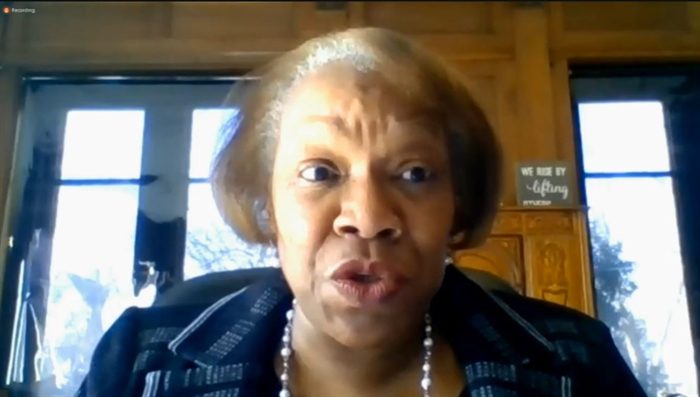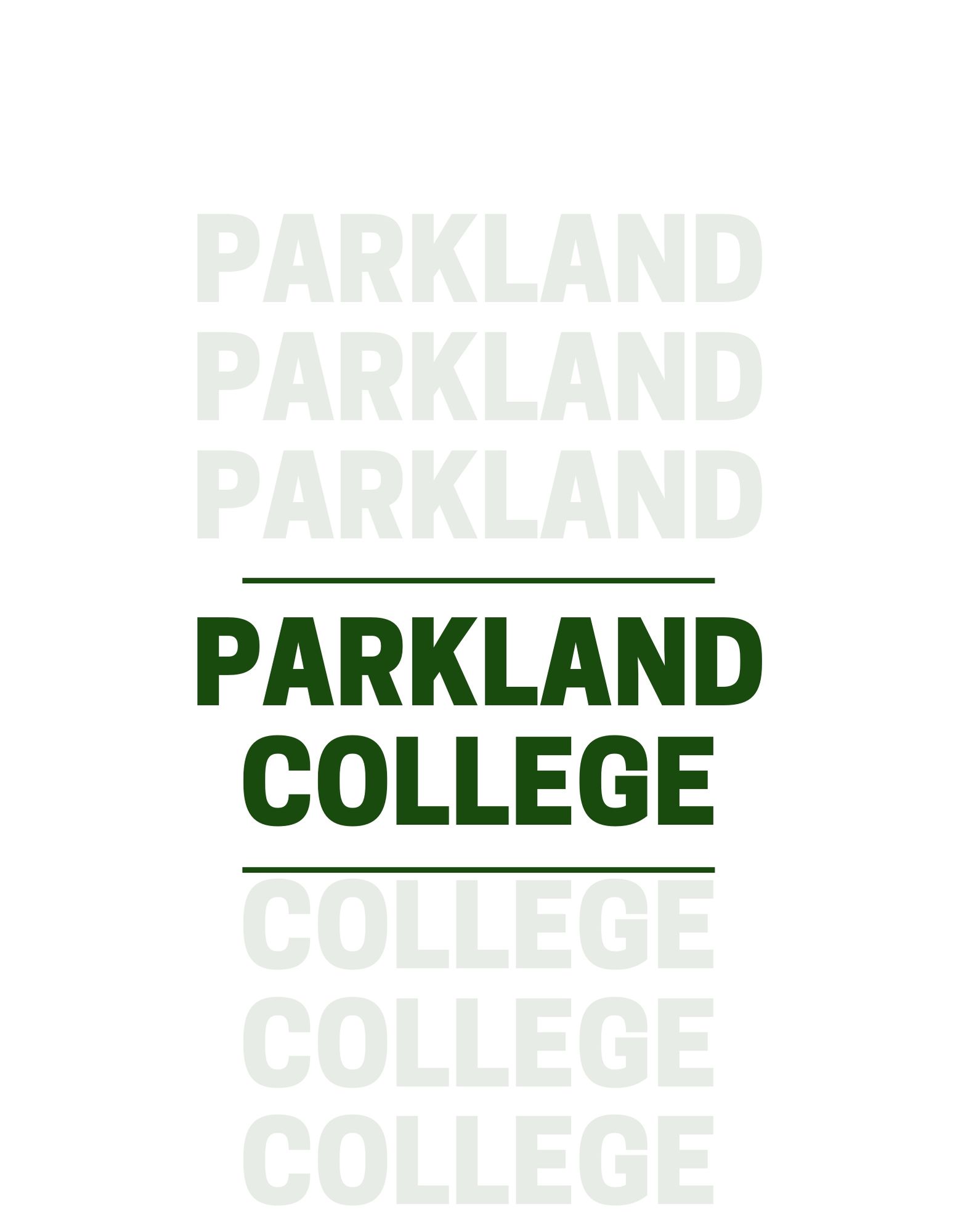Higher education reform bill unveiled

Published on Capitol News Jan. 9
By PETER HANCOCK
Capitol News Illinois
phancock@capitolnewsillinois.com
SPRINGFIELD – A bill aimed at making college education and teacher preparation programs more accessible and affordable for people of color began working its way through the General Assembly on Saturday with the formal introduction of language that lawmakers have been negotiating for months.
The action came on the second day of the General Assembly’s lame duck session, which is focused heavily on a racial and social justice agenda developed over the summer and fall by the Illinois Legislative Black Caucus.
Rep. Carol Ammons, D-Urbana, who chairs the House Higher Education Committee, introduced the language in the form of a 268-page amendment to Senate Bill 458. During a hearing Saturday, she said the omnibus bill touches on numerous aspects of higher education, but she focused the hearing on a few key parts: restructuring the AIM HIGH scholarship program; increasing the diversity of the state’s teaching workforce; and reforming the way schools place students into non-credit bearing “developmental” or “remedial” classes.
AIM HIGH is a scholarship program that lawmakers first authorized as a pilot program in 2019. It provides up to $3,000 per year for students who attended an Illinois high school and who meet certain academic and financial qualifications. Currently, the cost of those scholarships is split evenly between the state and the institution.
But Ammons said that puts some smaller schools that cater to higher-need students at a disadvantage because they often lack the resources to fully fund their share of the cost, which means a portion of the state funding they are allocated goes unused.
The bill would divide public colleges and universities into two tiers. Those in which 49 percent or more of their student body is eligible for Pell grants would have to match only 20 percent of their state allocation, while those with fewer Pell grant-eligible students would be required to match 60 percent.
Chicago State University President Zaldwaynaka Scott, the state’s only predominantly-Black four-year university, testified that the current matching requirement forces low-resourced institutions like hers to return money to the state each year.
“By reducing the matching requirement in the AIM HIGH program, as we have presented the design, institutions that serve predominantly minority populations can fully participate in the program, thereby providing much needed financial support for students wishing to attend those institution who might not otherwise be able to afford college,” Scott said.
Other Tier 1 schools would include Governors State University, Northeastern Illinois University, Northern Illinois University, the University of Illinois at Chicago and Western Illinois University.
Increasing the diversity of the state’s K-12 teacher workforce has also been a focus of the Legislative Black Caucus agenda.
One of the ways the state tries to do that is through the Minority Teachers of Illinois scholarship program, which is open to Illinois residents who meet academic qualifications and who are from either Black, Hispanic, Asian American or Native American origin who have expressed an interest in becoming teachers.
But Robin Steans, president of the education advocacy group Advance Illinois, said funding for that program, at less than $2 million a year, has not kept up with demand or the rising cost of higher education.
“We can do a lot of additional good by adding just a few million dollars, which I know in the scheme of things isn’t large, though at the moment that seems very large with the budget pressures,” Steans said.
Steans said the proposal also calls for setting aside up to 35 percent of the money that is allocated to the program for Black men, a group that is considered greatly underrepresented in the teaching profession. And it would specifically target high school students who graduate after completing a career pathway in teacher preparation for recruitment into the program.
The proposed bill would also seek to increase the number of minority students who actually complete a college degree. Although there are many barriers to college completion, Kyle Westbrook of the Partnership for College Completion, said one of the biggest is the requirement many face to take “developmental” courses before they can advance to credit-bearing college courses.
“Out of every 100 black community college students in Illinois, 71 will be placed in developmental education, and only six of them will ultimately ever graduate from college,” Westbrook said. “Black and Latinx students are about twice as likely to be placed in developmental education courses compared to their white peers, and less likely to complete than their white peers.”
Most schools, Westbrook said, use standardized test scores to determine whether a student must take developmental courses before going on to credit-bearing courses. But he argued that those tests are actually poor predictors of student success and that a better measure would be a student’s high school grade point average.
In addition, Westbrook said, while developmental courses don’t count for college credit, students still have to pay tuition to enroll in them, which means that many students end up exhausting their Pell grant eligibility and other student financial aid before they can complete their degree.
The bill calls for requiring community colleges to shift from a test-based system of placing students in developmental courses to a system based on a student’s high school coursework and grade point average.
Lawmakers are rushing to pass as much legislation as they can in the few days remaining in the lame duck session. The session must wrap up by Tuesday night or early Wednesday morning because a new biennial session of the General Assembly begins at noon Wednesday when all new and re-elected lawmakers are sworn into office.
Press release statement from Senator Chapin Rose:
State Senator Chapin Rose (R-Mahomet) is sounding the alarm over legislation sponsored by Representative Carol Ammons (D-Urbana) that would cut scholarships for University of Illinois students in the AIM HIGH program.
“You can’t even make this stuff up. It is astounding to me that with everything happening right now, the legislator who covers the University of Illinois would cut AIM HIGH scholarships for students at the U of I by 20%,” said Rose. “Thankfully, in a call today with me today, the University of Illinois verbally committed that they would backstop Rep. Ammons’ reckless cuts to Urbana campus students by covering the loss, but why would anybody do this in the first place?”
The AIM HIGH program was designed to help keep the best and brightest students in the state of Illinois. Studies have shown that once students leave the state, they are less likely to return. AIM HIGH scholarship recipients are potential high-wage earners who would make significant contributions to the economy – the very students that Illinois can least afford to lose.
The program works by matching every $1 of taxpayer funding with $1 in tuition credit from the college. Rose, who was an architect of the AIM HIGH program, noted that Ammons’ legislation would cut scholarship awards for the program by 20% at the University of Illinois by reducing the university match to just sixty cents for each state tax dollar. It would enact even steeper cuts at Chicago State University (CSU), by reducing their match to just twenty cents – an outstanding 40% cut. Rose also pointed to the fact that CSU has one of the highest PELL grant rates in the state, meaning that the proposed cuts would hit the students who can least afford them the hardest.
As a further example of how a U of I student would be impacted under Ammons proposal, if the student currently receives a $2000 AIM HIGH scholarship, now they would only get $1600, if this proposal were to become law.
Under the current AIM HIGH program, all schools are treated equally. Because of the way the legislation would change the scholarship funding mechanism, it effectively acts as a subsidization of Chicago State University (a college that has lost nearly 90% of their incoming freshman class over the last decade – indeed they enrolled just 144 freshmen last fall) at the expense of other public four-year colleges, including UIUC.
“The sad part is that the original passage of Aim High was entirely bi-partisan after over a year of input and listening sessions with our public universities, financial aid directors, and university recruiters,” Rose continued. “Now, Rep Ammons does this in the legislative ‘lame duck’ session. If she had bothered to ask me before she went down this reckless path, I would have been happy to help her understand that a student that used to get $2 under Aim High now only gets $1.60 – effectively losing 20% of their scholarship. But she didn’t bother – and here we are. I hope the student body pays attention to this and reaches out to her to demand she represent them – not Chicago State.”
The cuts to the AIM HIGH program are included in a far-reaching education and workforce development bill, SB458, filed in an amendment to the bill by Representative Ammons. The legislation could be passed during the current lame-duck session which wraps up mid-week.
“Again, I want to thank the U of I who has assured me, that despite Ammons’ legislation, they are prepared to back-stop the students and prevent these cuts for the time being…but why with everything else going on in our state and nation are we evening discussing cutting scholarships to college kids,” Rose concluded.




